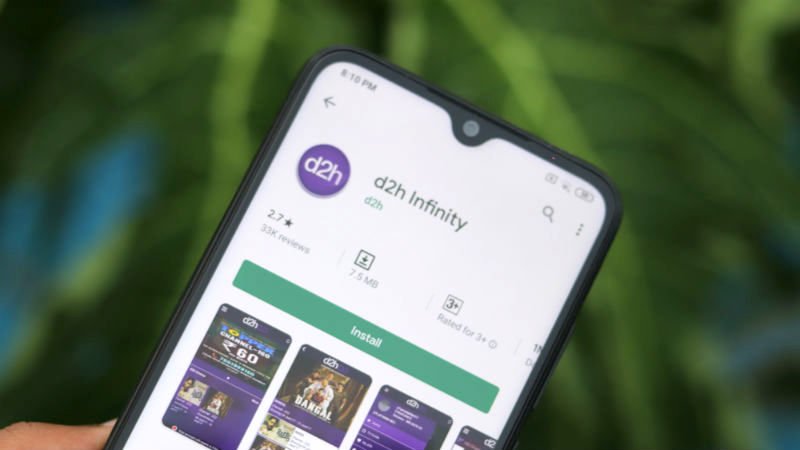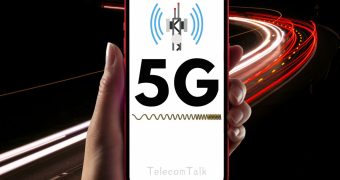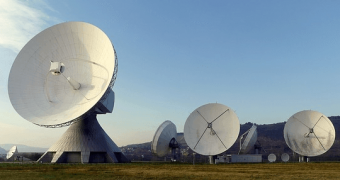Dish TV India, along with D2h, is currently offering the cheapest Network Capacity Fee (NCF) for Multi TV connections. Back when the new tariff regime was introduced, the Telecom Regulatory Authority of India (Trai) said it's up to the DTH operators whether to provide any discount on NCF for secondary connections. While Tata Sky is not providing any such discount, Airtel Digital TV, Dish TV and D2h came up with reduced NCF charges for Multi TV connections. For the unaware, Tata Sky charges full NCF of Rs 153 from the Multi TV users, but that is not the case with other DTH operators. Dish TV and D2h are collecting Rs 50 (excluding taxes) from the customers for every Multi TV connection. Users can avail up to three Multi TV connections per primary connection.

Multiple Connection Pricing for Tata Sky, D2h and Dish TV
The first operator to come up with the Multi TV pricing was D2h, and the operator announced that it would levy a flat NCF of Rs 50 plus taxes for the Multi TV connection. This price means that subscribers would only have to pay Rs 50 plus content charges as the total rental no matter how many channels they subscribe. Last month, Tata Sky announced that it will be discontinuing the Multi-TV policy and also introduced Room TV service. As part of this new scheme, Tata Sky customers will have to pay Rs 153 NCF charges for every secondary connection, but they now have the freedom to choose their own channels, even if it's just one channel.
Dish TV's Multi TV policy is pretty much identical to that of D2h and the customers will have to pay Rs 50 NCF charges for the secondary connection. D2h and Dish TV already allows users to choose their own channels for secondary connection.
Multiple Connection Policy for Airtel Digital TV
Lastly, Airtel Digital TV announced its Multi TV pricing policy thus declaring that it would charge an NCF of Rs 80, however, unlike it is the case with D2h, this NCF would not be a flat fee and subscribers would have to pay Rs 20 extra for additional 25 channel slab over 100 channels. Further, there won’t be any mirroring of channels with Airtel Digital TV’s multiple connections.
Multi-TV Pricing Policies What You Need to Know?
For comparing the prices of these DTH providers when it comes to Multi TV connections, it is first essential to understand how they are pricing their services for the second TV connection. While the new Trai rule governs the original connection pricing, there have been different iterations to the way of pricing of these secondary connections. Another thing to note is that the new Trai mandate ensures that the consumer enjoys full transparency about the price which they pay. As such, the consumers will pay their bills in two parts – one consisting of Network Capacity Fee (NCF) and the other one consisting of content charges which will be paid to the channel owners like Star India, Sony Pictures Network and more. It is worth noting that there won’t be any discount possible on these content charges since they are passed on to the broadcasters, the only area where the subscribers will be able to enjoy any discount will be in the NCF of Multi TV connection.
Verdict
On taking an overview of all the Multi TV policies from DTH operators, it is pretty clear that D2h has put out the most lenient, flexible and consumer-friendly multi-TV system which will also be an economical choice for the subscribers. On the other hand, Tata Sky’s Multi TV policy will prove to be an expensive business for the consumers as they will be paying Rs 153 NCF charges for every secondary connection. Airtel Digital TV’s stance as compared to these two remains somewhere in the middle of the spectrum, as the provider is shipping discounted NCF along with the flexibility of choosing channels from scratch, but the discount on NCF is not as high as D2h.















